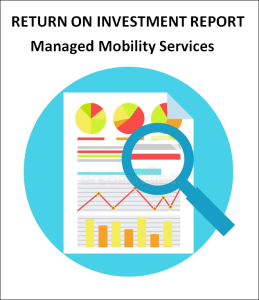
What to Look for in a Smart Mobile Device Management Strategy
Enterprise mobility is quickly taking root in more and more industries as mobile technology, its capabilities, and its practical applications continue to evolve and advance. However, a truly mobilized workforce is about more than just slapping smart phones into the hands of employees. So, you’ll want to invest in a mobile device management strategy that genuinely increases efficiency. It must do so in a secure, intuitive way that can be easily deployed, scaled, and integrated into your business model.
Here’s what to look for in a mobility strategy:
Security
This is something you really don’t want to consider as an afterthought only! Enterprise-level security features are essential to keeping all of your most sensitive data away from any eyes you don’t want seeing it. This means more than just data encryption. It refers to the ability to trace, lock, or wipe a device remotely is essential in the event of a lost or stolen device.
Cost and ROI
In enterprise mobility, cost is a multi-faceted thing. There’s the cost of acquiring devices, unless you’re doing BYOD. There are also costs of:
- specific enterprise applications and subscriptions,
- repairs and replacements, and the potential cost of
- downtime in the event of device failure.
The sum of all these elements is referred to as the TCO, or Total Cost of Ownership. TCO management is important to remain with budget. The ROI, or Return on Investment, must also be high. The old adage that you need to spend money to make money isn’t universal—sometimes, you spend money without making anything in return, so spend wisely.
Deployment
Is your mobility solution contractor-ready? Is it easily put in the hands of those who need it? Ideally, deploying your solution, whether it’s a device, a specific app, or a protocol, should take as little time as possible. For example, days or weeks, depending on the nature of the strategy.
Cross-Platform for BYOD
If your business is employing a BYOD mobile device management strategy, cross-platform support is crucial. As an absolutely bare minimum, it should be compatible with both Apple and Android devices, if not Blackberry as well.
Scalability and Customization
Mobile device management is not a one-size-fits-all realm. As a result, every corporation has different and unique needs. A good enterprise mobility solution needs to be able to be custom for your needs. It should also be able to grow to accommodate increasing demand. This means support for a wide variety of features and uses, potentially through a suite of apps, widgets, or graduated payment plans.
Discover your ROI for managed mobility services: click here

